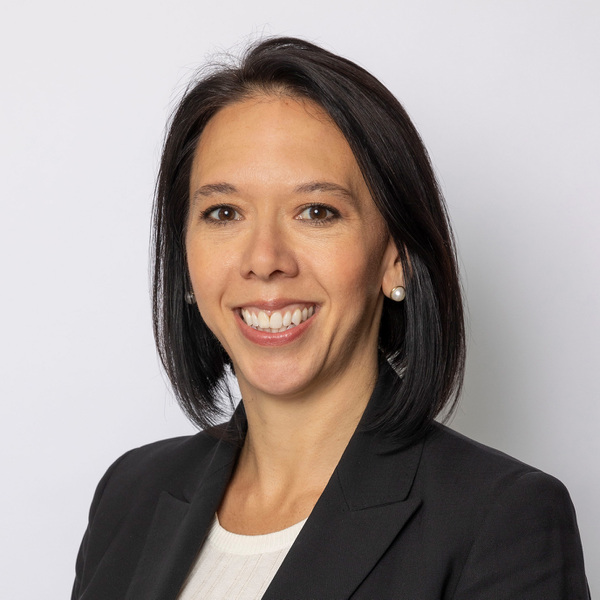We go above so you can go beyond
To distribute funds globally, asset managers must navigate varying market practices, regulatory frameworks, and investor preferences while focusing on operational efficiencies and scalability. With constant market competition and client demands, you must constantly evaluate new fund vehicles, asset classes, and jurisdictions to stay ahead and win with investors.
As specialists in cross-border fund servicing, our experts help you navigate these market complexities. Working on a single global technology platform and as one global team, we streamline data flows, enhance operational efficiency, and improve scalability. Our oversight tools help ensure compliance with regulatory requirements, while our shareholder servicing team provides a seamless onboarding and servicing experience for investors across jurisdictions.
While you focus on investment performance and client relationships, we handle the details that differentiate and help grow your business.
About Cross-Border Fund Services
- Global expertise
- Customized service
- A focus on your clients
- Enhanced oversight
Brown Brothers Harriman & Co. (“BBH”) may be used to reference the company as a whole and/or its various subsidiaries generally. This material and any products or services may be issued or provided inmultiple jurisdictions by duly authorized and regulated subsidiaries. This material is for general information and reference purposes only and does not constitute legal, tax or investment advice and is notintended as an offer to sell, or a solicitation to buy securities, services or investment products. Any reference to tax matters is not intended to be used, and may not be used, for purposes of avoidingpenalties under the U.S. Internal Revenue Code, or other applicable tax regimes, or for promotion, marketing or recommendation to third parties. All information has been obtained from sources believed tobe reliable, but accuracy is not guaranteed, and reliance should not be placed on the information presented. This material may not be reproduced, copied or transmitted, or any of the content disclosed tothird parties, without the permission of BBH. Pursuant to information regarding the provision of applicable services or products by BBH, please note the following: Brown Brothers Harriman Fund Administration Services (Ireland) Limited and Brown Brothers Harriman Trustee Services (Ireland) Limited are regulated by the Central Bank of Ireland, Brown Brothers Harriman Investor ServicesLimited is authorised and regulated by the Financial Conduct Authority, Brown Brothers Harriman (Luxembourg) S.C.A. is regulated by the Commission de Surveillance du Secteur Financier, and Brown Brothers Harriman (Hong Kong) Limited is regulated by the Securities & Futures Commission in Hong Kong. All trademarks and service marks included are the property of BBH or their respective owners. ©Brown Brothers Harriman & Co. 2024. All rights reserved.







